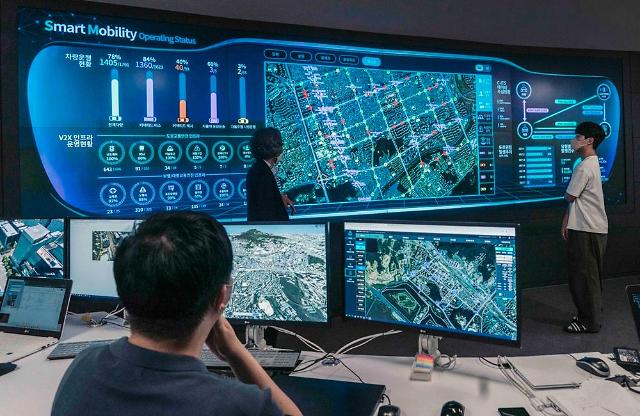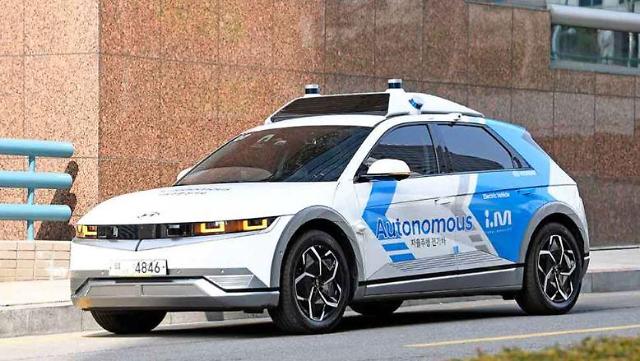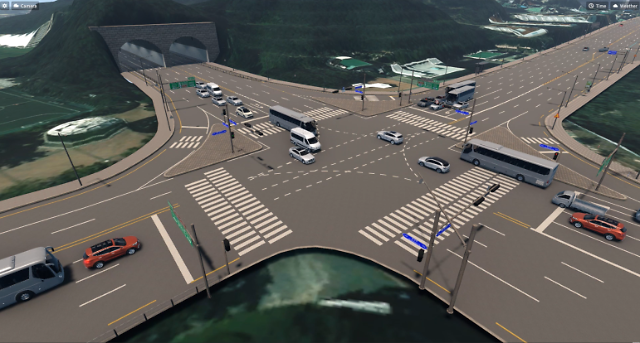
[Courtesy of SK Telecom]
SK Telecom (SKT) has expanded a pilot driving zone for autonomous vehicles in Sangam, a western residential and commercial district of Seoul, to test a cooperative intelligent transport system (C-ITS) that provides real-time information such as traffic conditions so that individual vehicles could share data and prevent traffic accidents.
The smart road system incorporates smart vehicle and connected car technologies such as vehicle-to-everything (V2X) and internet of things (IoT) communications. SKT will test an advanced system in the 32.3-kilometer section. SKT would provide additional services for safe driving such as child protection, pedestrian notification, and CCTV images of unexpected situations. Self-driving cars can receive safe driving information by installing V2X terminals.
V2X is a key autonomous driving technology that allows self-driving cars to communicate with other cars and on-road facilities such as traffic lights and pedestrian crossings. Using fast mobile data networks, encrypted information is shared to ensure the safety of drivers and those who travel on foot.
"We hope that the expansion of the pilot operation district will serve as an opportunity for 5G-based C-ITS services to take a step forward," SKT's connected infra business division head Shin Yong-sil said in a statement on June 27. "We will continue to lead the era of autonomous driving through the world's best 5G technology."
SKT will use digital twin technology to create a virtual autonomous vehicle testing zone where researchers can use a control tower system to test the safety and efficacy of digital clones of their self-driving vehicles. Various weather conditions such as rain and snow can be simulated. The virtual zone will include actual roads, school zones, street trees, traffic lights, and real-time traffic.
Digital Twin technology enables the creation of virtual clones of real-life objects and environments. The technology is used to test dangerous equipment or simulate disastrous situations without causing catastrophic damage to the real world.
Copyright ⓒ Aju Press All rights reserved.




View more comments